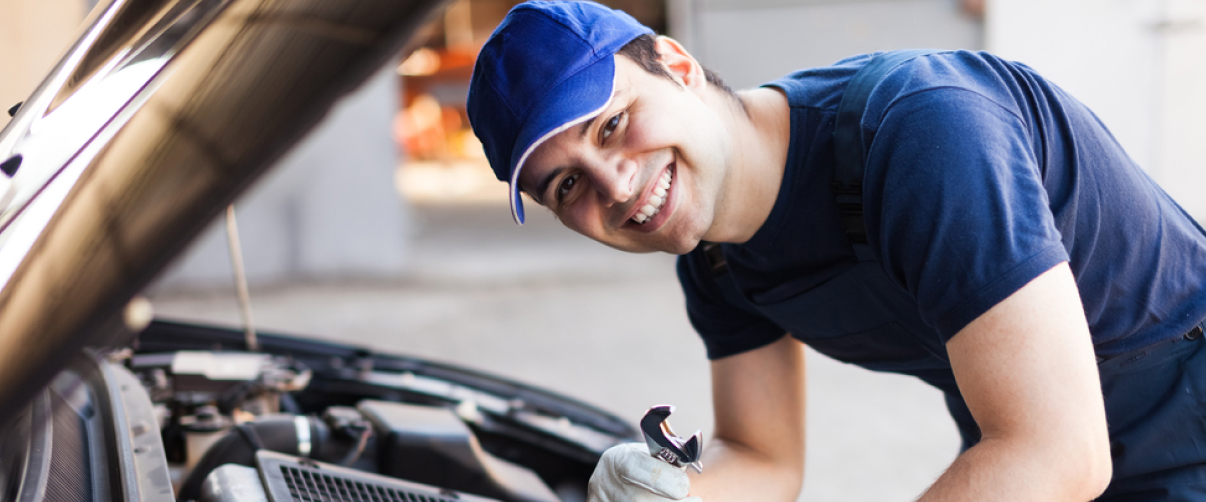Maintaining your car doesn’t always require a professional mechanic. By conducting simple inspections at home, you can save money and ensure your vehicle runs smoothly. Here are 10 essential checks you can perform yourself before heading to the mechanic.
DIY Car Inspection: 10 Things You Can Check Before Taking Your Car to a Mechanic

1.Tire Health
Your tires are the only contact between your car and the road, so their condition is crucial for safety. Check the tread depth using the penny test: insert a penny into the tread with Lincoln’s head upside down; if you can see all of his head, it’s time for new tires. Also, ensure they’re properly inflated according to the manufacturer’s recommendations.
Regularly maintaining tire tread depth is crucial for safety. Properly inflated and well-treaded tires improve fuel efficiency and handling.
2. Oil Levels
Engine oil lubricates the moving parts of your engine and prevents overheating. To check the oil level, park your car on level ground, turn off the engine, and wait a few minutes. Pull out the dipstick, wipe it clean, reinsert it, and then pull it out again to see the oil level.
Regularly checking your car’s oil prevents severe engine damage. If the oil is low or dirty, consider topping it off or getting an oil change.
3. Brake Pads
Brakes are vital for your safety. Listen for squeaking or grinding noises, which indicate worn brake pads. You can also visually inspect them by looking through the wheel spokes.
Examine brake pads for thickness; if they’re less than 1/4 inch thick, it’s time for a replacement to avoid rotor damage.
4. Coolant System
The coolant prevents your engine from overheating. Check the coolant reservoir to ensure the level is between the minimum and maximum marks.
Regularly check the coolant reservoir level to prevent engine overheating. Never open the coolant cap when the engine is hot.
5. Belts and Hoses
Inspect belts and hoses for signs of wear, cracks, or fraying. These components are essential for the functioning of your engine’s cooling, charging, and air conditioning systems.
Inspect for wear, cracks, leaks, and soft spots to prevent unexpected breakdowns.
6. Battery Health
A healthy battery ensures your car starts reliably. Examine the battery terminals for corrosion and ensure the connections are tight. Use a multimeter to check the voltage; a fully charged battery should read around 12.6 volts.
Use a multimeter to test the battery voltage and keep terminals clean from corrosion.
7. Lights and Indicators
Functional lights are essential for visibility and safety. Test all external lights, including headlights, taillights, brake lights, and turn signals.
Check headlights, brake lights, turn signals, and hazard lights to ensure you can see and be seen on the road.
8. Wipers and Washer Fluid
Good visibility is crucial, especially in bad weather. Inspect your wiper blades for cracks or stiffness and replace them if necessary. Also, make sure your windshield washer fluid is topped up.
Examine wiper blades for effectiveness and refill washer fluid to maintain clear visibility.
9. Air Filter
A clean air filter improves engine performance and fuel efficiency. Locate the air filter housing, open it, and check the filter. If it’s dirty or clogged, it’s time for a replacement.
Check engine air filters by holding them to light; if light isn’t visible, replace it to maintain engine efficiency.
10. Visual Inspection for Leaks and Unusual Noises
Look under your car for any fluid leaks, and pay attention to any unusual sounds while driving. Early detection of leaks and abnormal noises can prevent costly repairs down the line.
A detailed guide on car pre-inspection is provided, including checking fluids, battery health, tire condition, and identifying leaks or unusual noises to improve service interactions.
By performing these simple checks, you can catch minor issues before they become major problems. Not only does this save you money, but it also ensures your safety on the road. Remember, while DIY inspections are helpful, they don’t replace professional maintenance. If you find anything concerning, it’s best to consult with a qualified mechanic.











